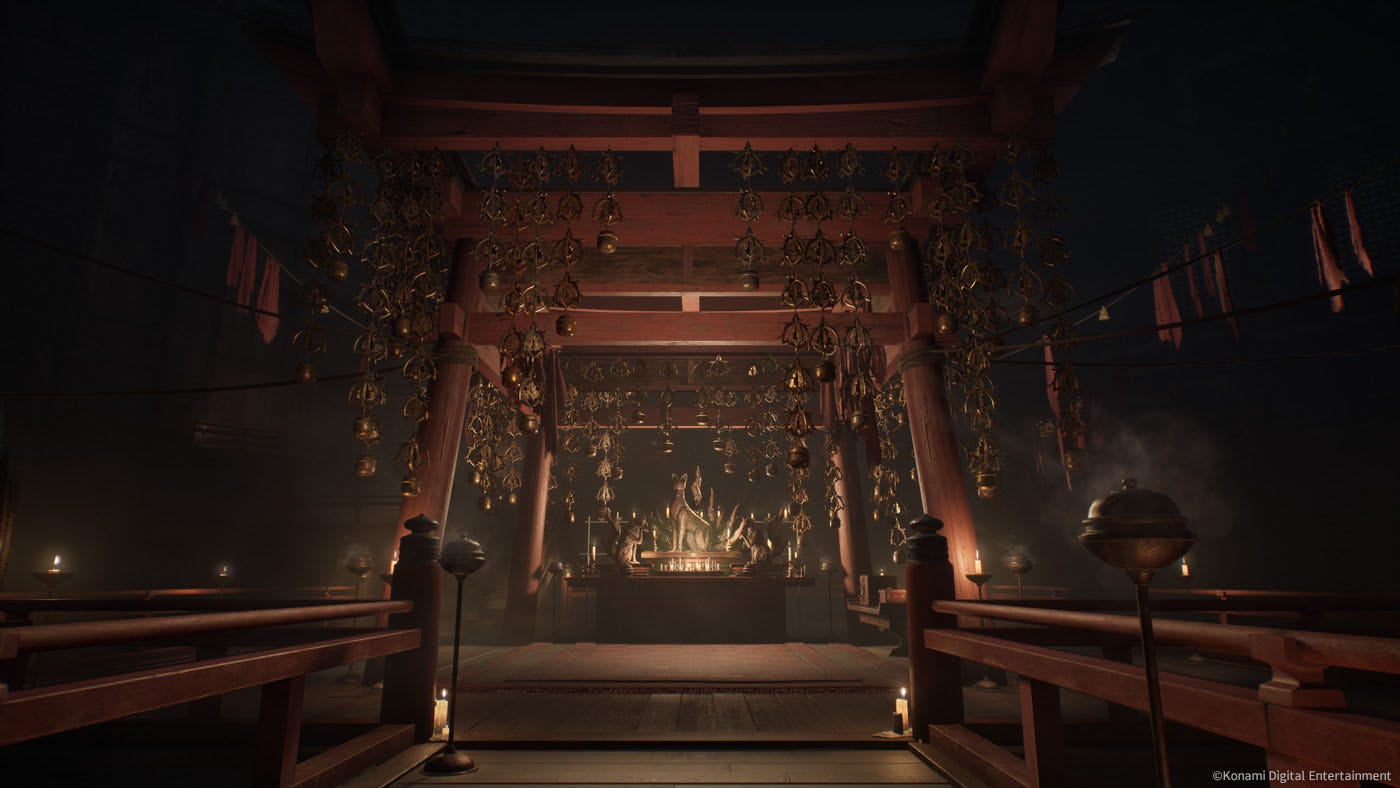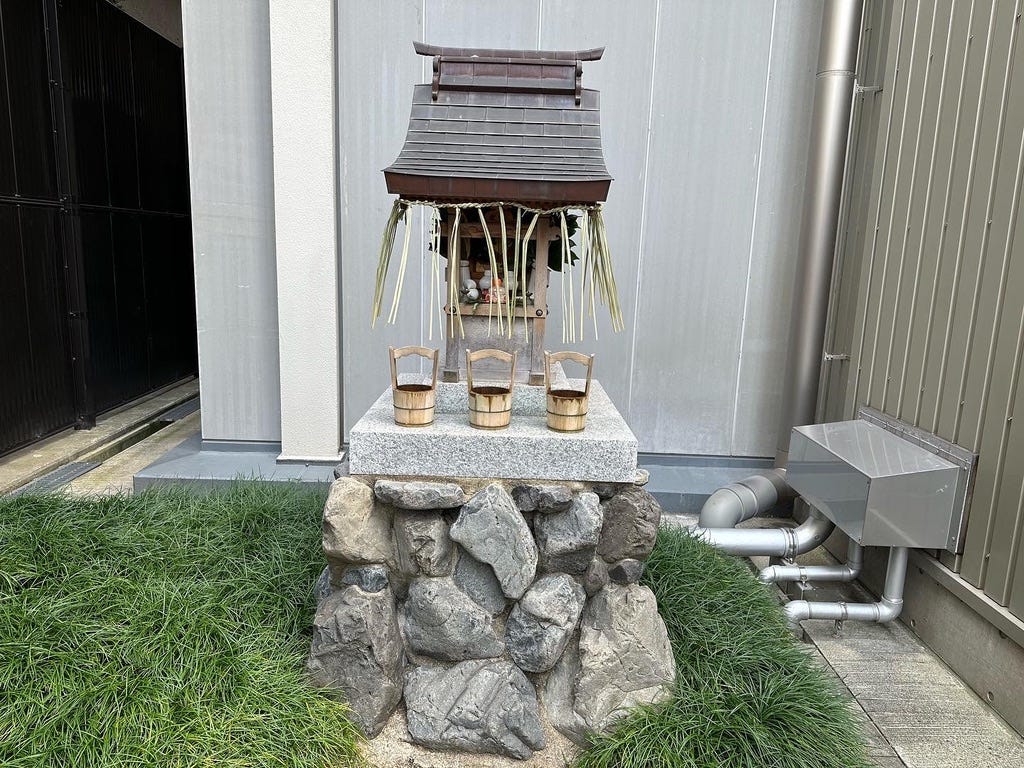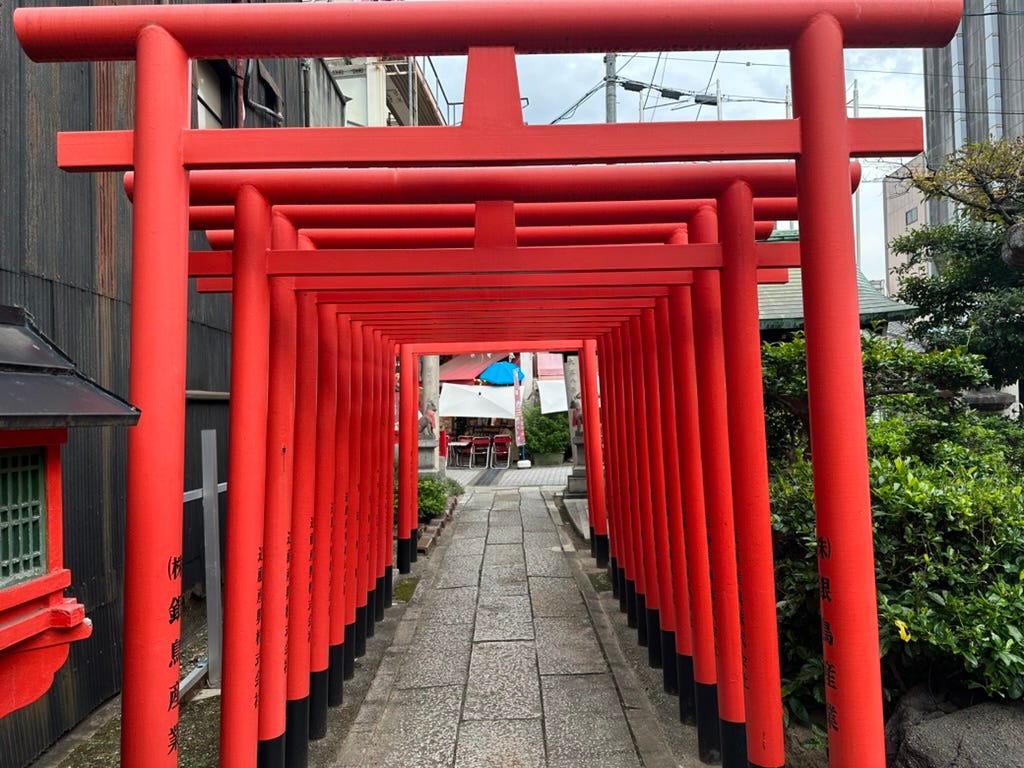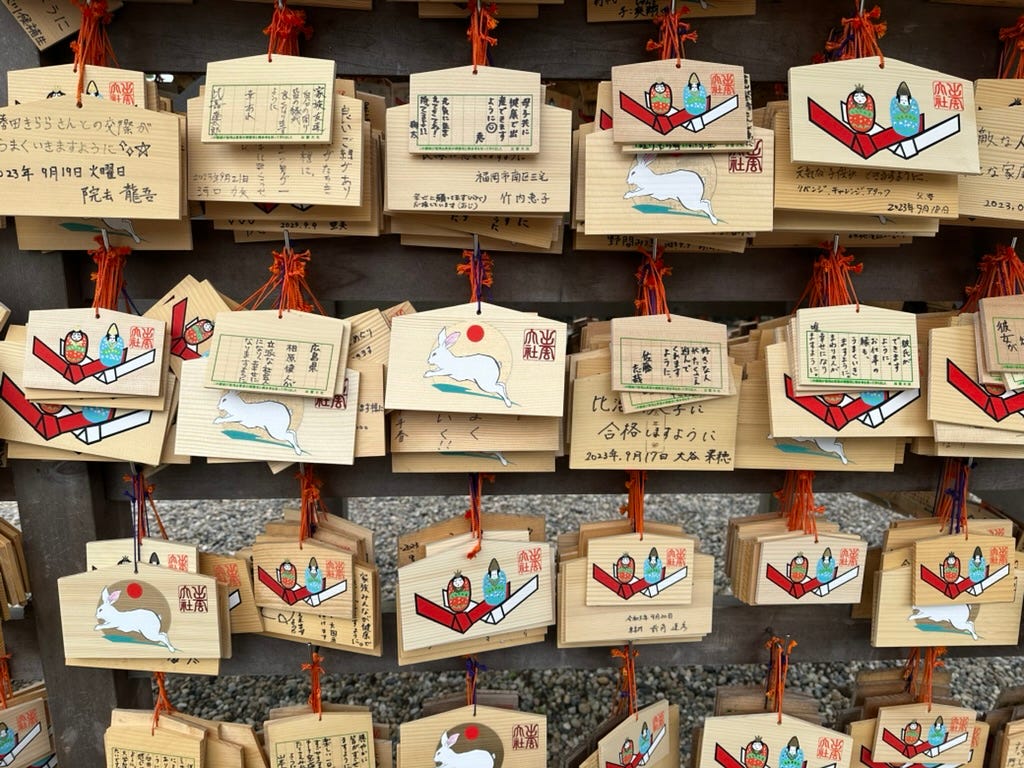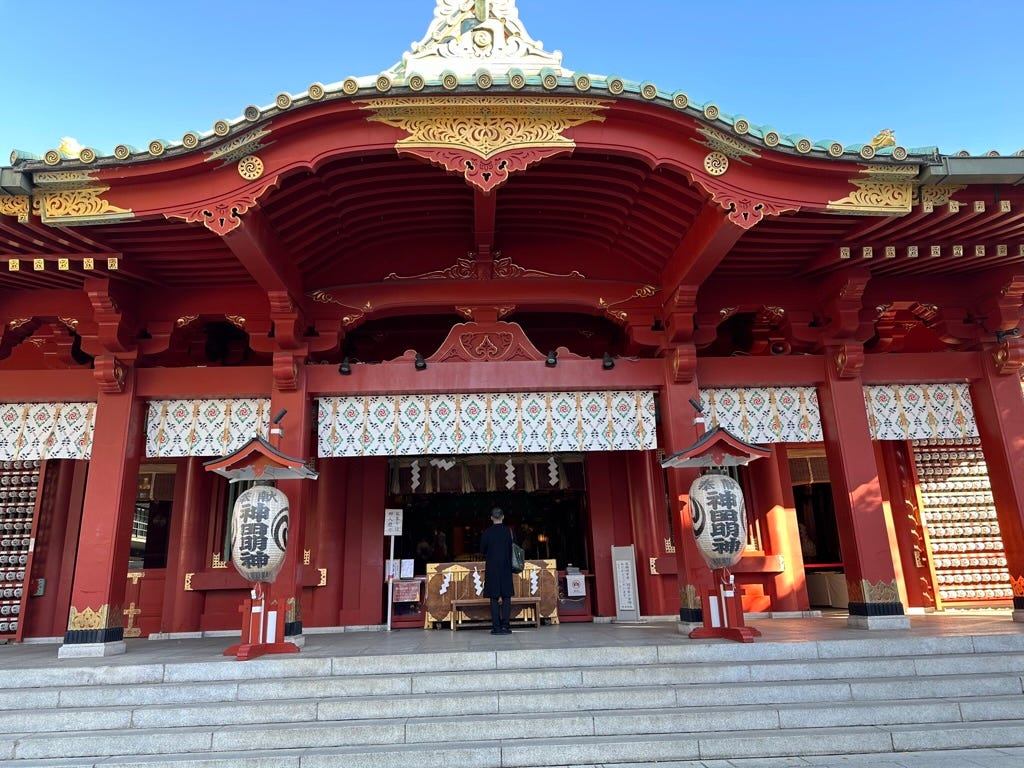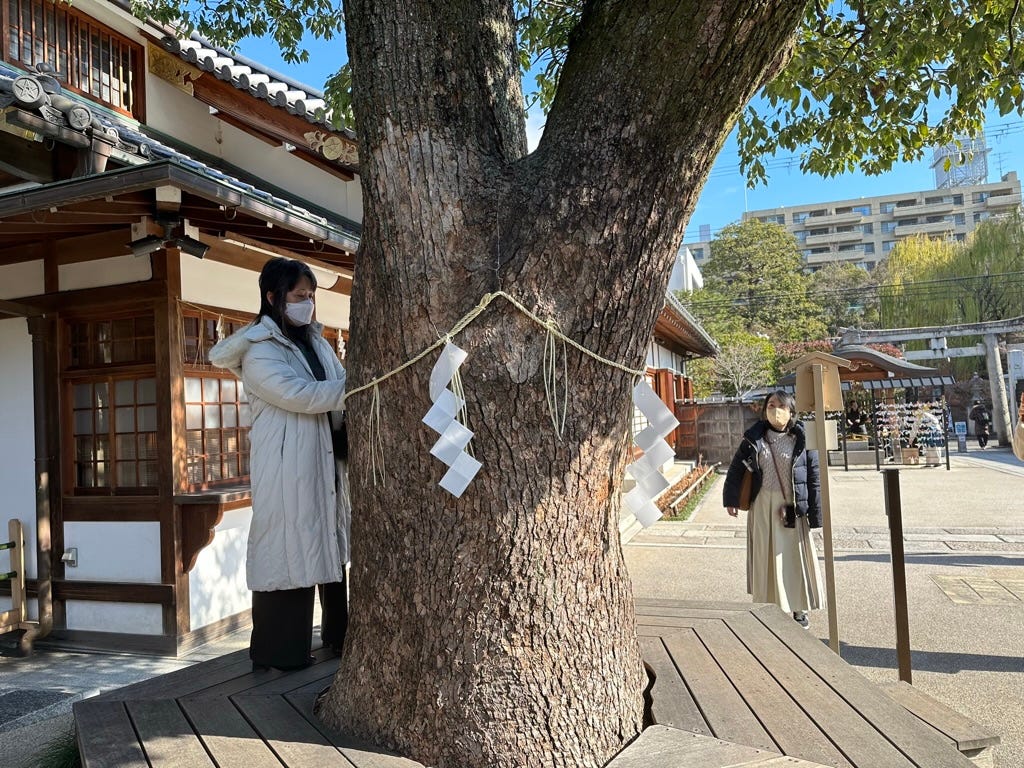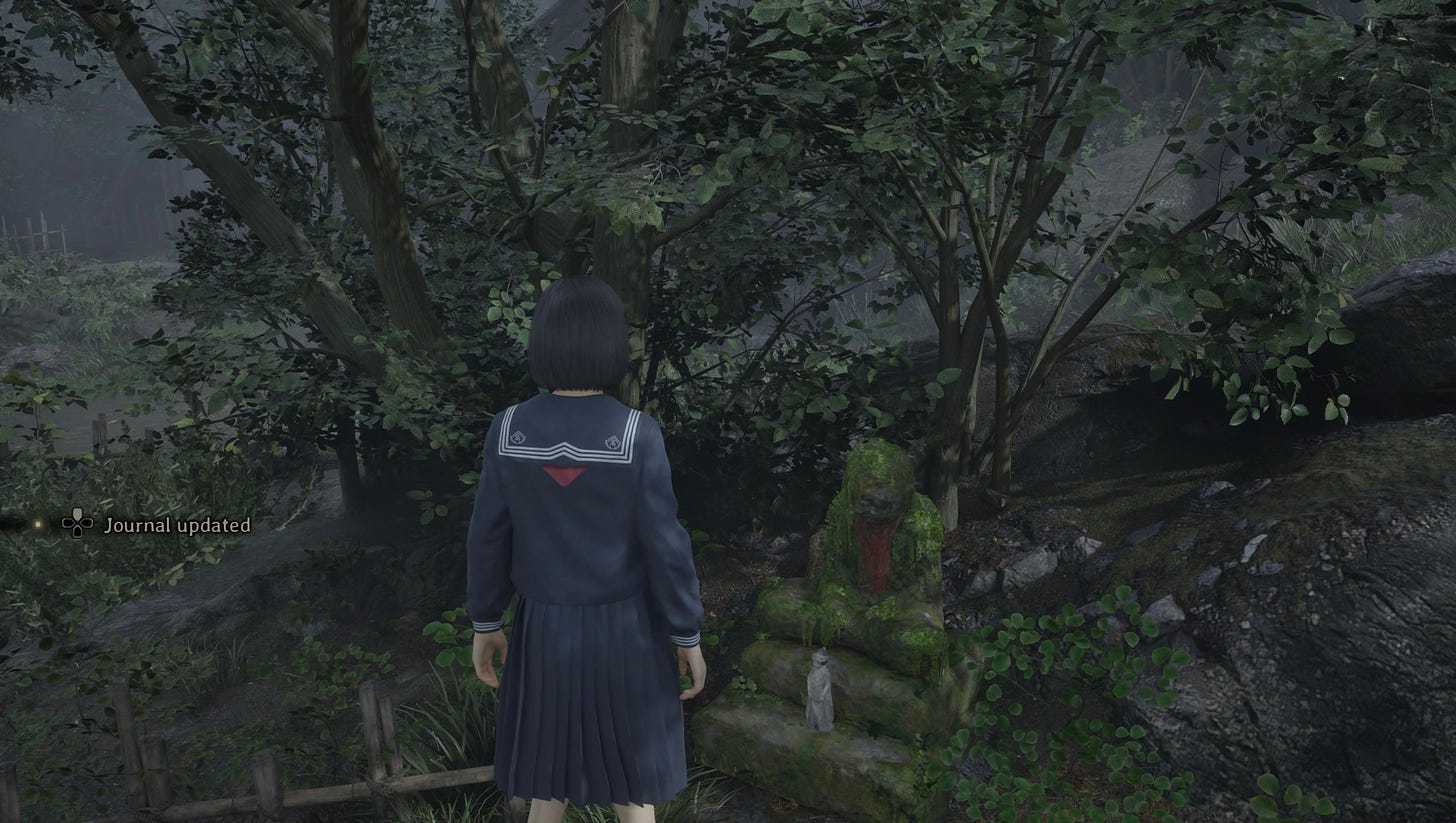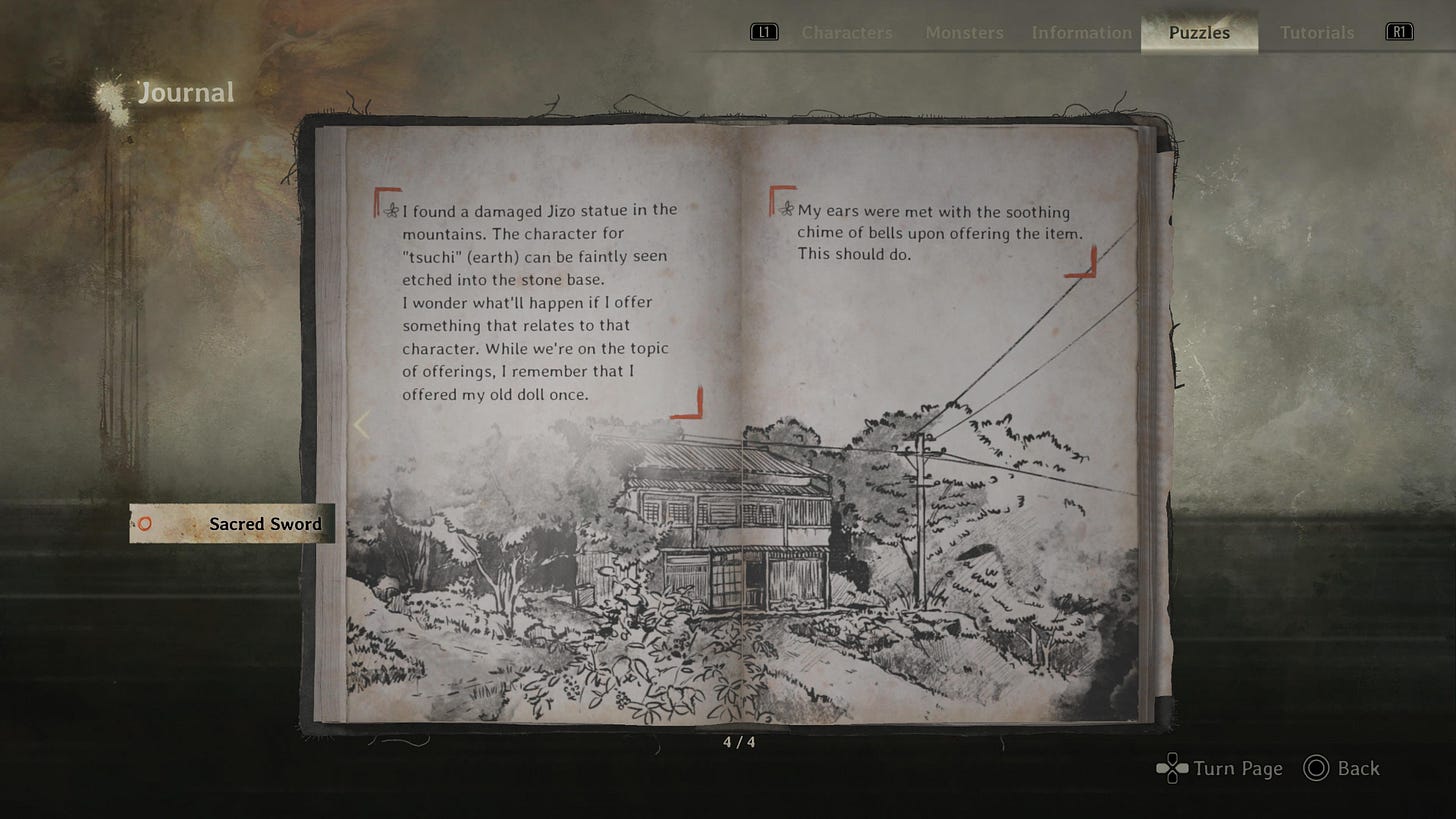Games set in Japan usually include some elements of Shinto and Buddhism, be it charms or temple set-pieces, and saving points do tend to be hokora, or wayside shrines more often than not.
So, let’s imagine you know little about Japan and want to dive into the upcoming game, Silent Hill f, and not worry about the religious practices and culture. Well, I’m here to help you with that! The first three hours have been streamed on YouTube by various streamers but this is a particularly good stream showcasing the first couple of hours…
Let’s go through what you need to know, outside of the lore, to enjoy Silent Hill f, Konami’s first offering set in 1960s rural Japan, and really appreciate the setting and game itself.
Shinto (神道; the Path of the Kami) — This is the name for the animistic faith of Japan. Traditionally, there are eight million kami (神; divine spirits) existing in Japan, that is to say, it’s as close to an infinite number as you can get. A kami is enshrined at jinja, Shinto Shrines, and offered water, rice salt and sake. Each year kami are collectively believed to visit Izumo Taisha in Shimane, and so this month has two extra names: Kannazuki (神無月) or ‘the Month without Kami’ for most of Japan and Kamiarizuki (神在月), the ‘Month with Kami’ in Izumo.
Important events are reported to said kami, including life events and it’s believed that kami will watch over those who visit the shrine and pray. There are often many shrines, although small villages will usually have one major one which serves the same purpose as a church does, a central hub for life and spirituality Kami are especially fond of high places so shrines will often be on a hill overlooking a town or on a mountain.
Oinarisan/sama (稲荷大神/大稲荷) — This is the fox (kitsune) kami (divine spirit, sometimes translated as ‘god’) that the people of the town worship. Inari can be both male and female and is associated with rice and prosperity, making her a popular choice in both the in-game religion and in the real world.
Inari’s shrines are known for their vermillion (deep red) colour, as well as many sacred torii gates which lead up to the entrance. If you’ve ever seen Fushimi Inari Taisha in films or anime, then this will be familiar.
Foxes (狐; kitsune) — Foxes are said to be Inari’s messengers and kitsune, in particular, are said to be supernatural beings who earn a new tail for every hundred years of life, as well as being able to bewitch and possess humans, depending on the story.
Hokora (祠) — These are wayside shrines which Hinako can visit in-game and to everything from saving her progress and accessing the game’s pre-order bonuses, to enshrining offerings (usually food items, specific sacred offerings or old antiques like the comb and get Faith in return) and improving stats. Hinako can also use Faith to ‘pull for’ randomised omamori.
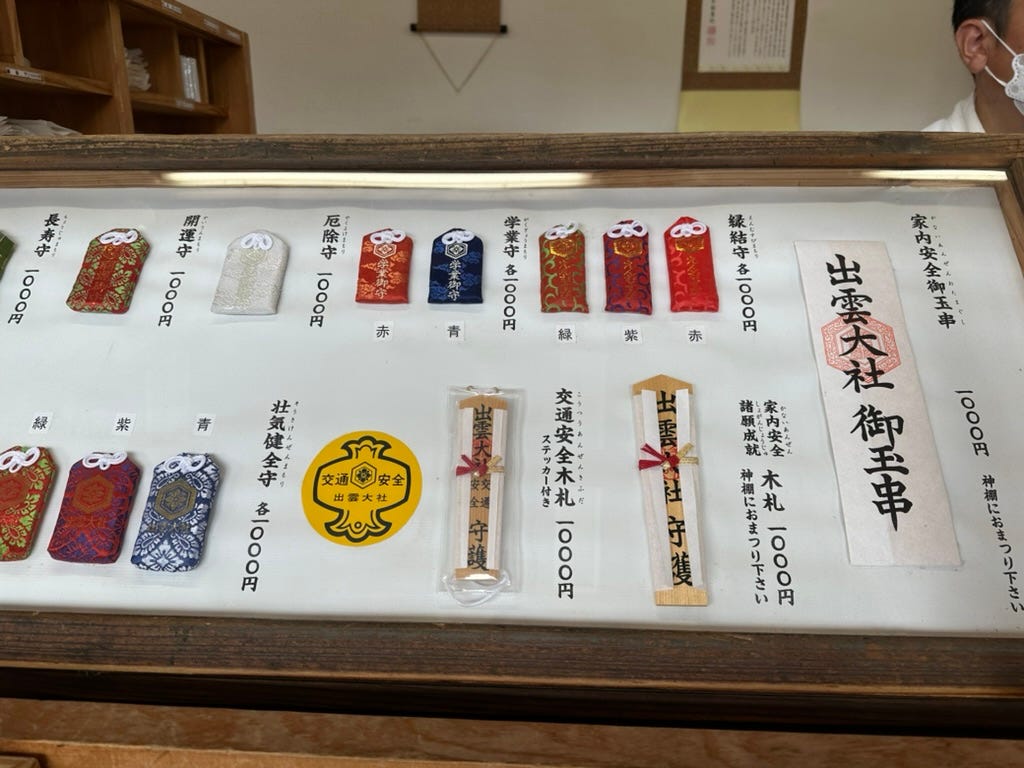
Omamori (お守り) — These are protective amulets often hung on bags or phoned in Japan. It’s a way to take the sacred with you and you can buy general omamori or specific ones which protect against traffic accidents or ensure safe childbirth. Omamori are traditionally used for a year, then returned to any shrine in the run-up to New Year so they can be ritually disposed of and burnt.
Torii Gates (鳥居) — These are one thing most people will have seen and they serve as liminal spaces which mark the start of the sacred. Inari shrines usually have vermillion coloured ones, often in rows. When you pass under a torii gate, it’s polite to bow as you do so in the direction of the shrine. When you leave, you do the same thing but turn around and bow, facing the way you’ve just come.
Torii gates are also used by kami, which explains why there will sometimes be a giant one with paths for walking on their side. Because of this you need to pick a side (usually the right) and stick to it because it’s disrespectful for humans to walk the same path as kami. Obviously, you don’t learn on the torii, hang off them, et cetera.
Ema (絵馬) — These are wooden plaques hung at shrines (one of the earliest Dark Shrine puzzles involves ema) but Hinako can also use them to raise her stats. The kanji, in Japanese, translates as ‘picture-horses’. Back in the early days, horses were often given as offerings to shrines; indeed some still have them, such as Akari-chan at Kanda Myojin, near Akihabara in Tokyo. However as horses were expensive during this time, it became customary to offer picture of horses instead.
Today, ema are bought for a few hundred yen from shrines and the person buying it then writes a wish on the back and leaves it at the shrine. Some ema even come in two parts, one you leave with a wish, the other you take home you.
Jinja/Shrines (神社) — There are several shrines in the game, most are in Ebisugaoka but there is also the Dark Shrine, which we’ll talk about in another article after the embargo drops.
Shrines are places where people go to pray to kami, most will also have a specific deity or deities enshrined there.
After crossing the torii gate, there is usually a font of flowing water with bamboo ladles. Here one performs temizu (手水舎), ritual purification, prior to going any further. Ritual purity is very important within Shinto, as kami do not like impurity (kagare; 穢れ・汚れ); be it physical or mental.
Priests of shrines are called kannushi (神主) who wear robes reminiscent of the Heian period. They are assisted by shrine maidens (巫女; miko) who wear white robes and red hakama trousers, Miko can serve but many take it as a part time job as teenagers, in the same way westerns might a paper round. They are said to be a more modern evolution of ancient shamanesses who could percieve the supernatural world.
Shrines are often also passed down a family line, with the eldest child taking over as priest. In-game, for example, the Igarashi family maintained a shrine in Ebisugaoka with their daughter, Sakuko, serving as a miko.
Sometimes the enshrined deity can be a particular kami welcomed into the shrine from another, whereas in others, it’s a divine tree or some other expression of the natural world.
This physical location where a kami is enshrined is called a goshintai. An example of a goshintai would be a sacred cedar tree or some similar natural feature of the shrine. As kami are expressions of the natural world, kami can take many forms from natural forces like the sun (Amaterasu Omikami) to waterfalls, forests and caves. Trees are a very popular example though…
Jizō (地蔵)
These are small red-bibbed statues of a monk which are extremely old, older than the Inari Faith, and hard to spot around Ebisugaoka. Called 'Ojizosan’, they combine the kanji for ‘earth’ with ‘treasury’ or ‘storehouse’’.
Jizō are Japanese forms of the Buddhist deity Avalokiteshava, known locally in Japan as Kannon. However, Jizō are male and are believed to protect children—especially those who die early or in miscarriage—as well as travellers so there will often be small shrines like this on the roadside. Humans offer red bibs and caps to the statues, along with other precious items Jizõ will often be carbed holding a priest’s staff in one hand and a jewel in the other.
Within the game, finding these statues will help Hinako find a lost sacred sword, itself a very rare item that she can use in her fight, by finding the Jizø statues and offering a rare item, starting with a statue of a bride,
There are some other smaller bits and bobs but as these are embargoed until nearer to release, I’m keen to educate without spoiling things so hopefully this will explain some of the more complex and unfamiliar ideas woven into the game.
Do please let me know if there’s any specific element you want explained!



